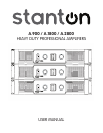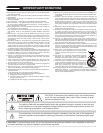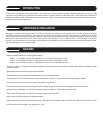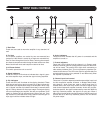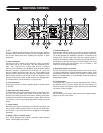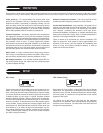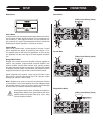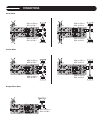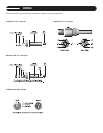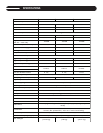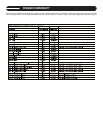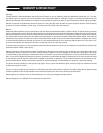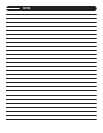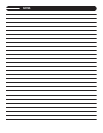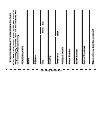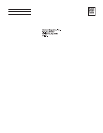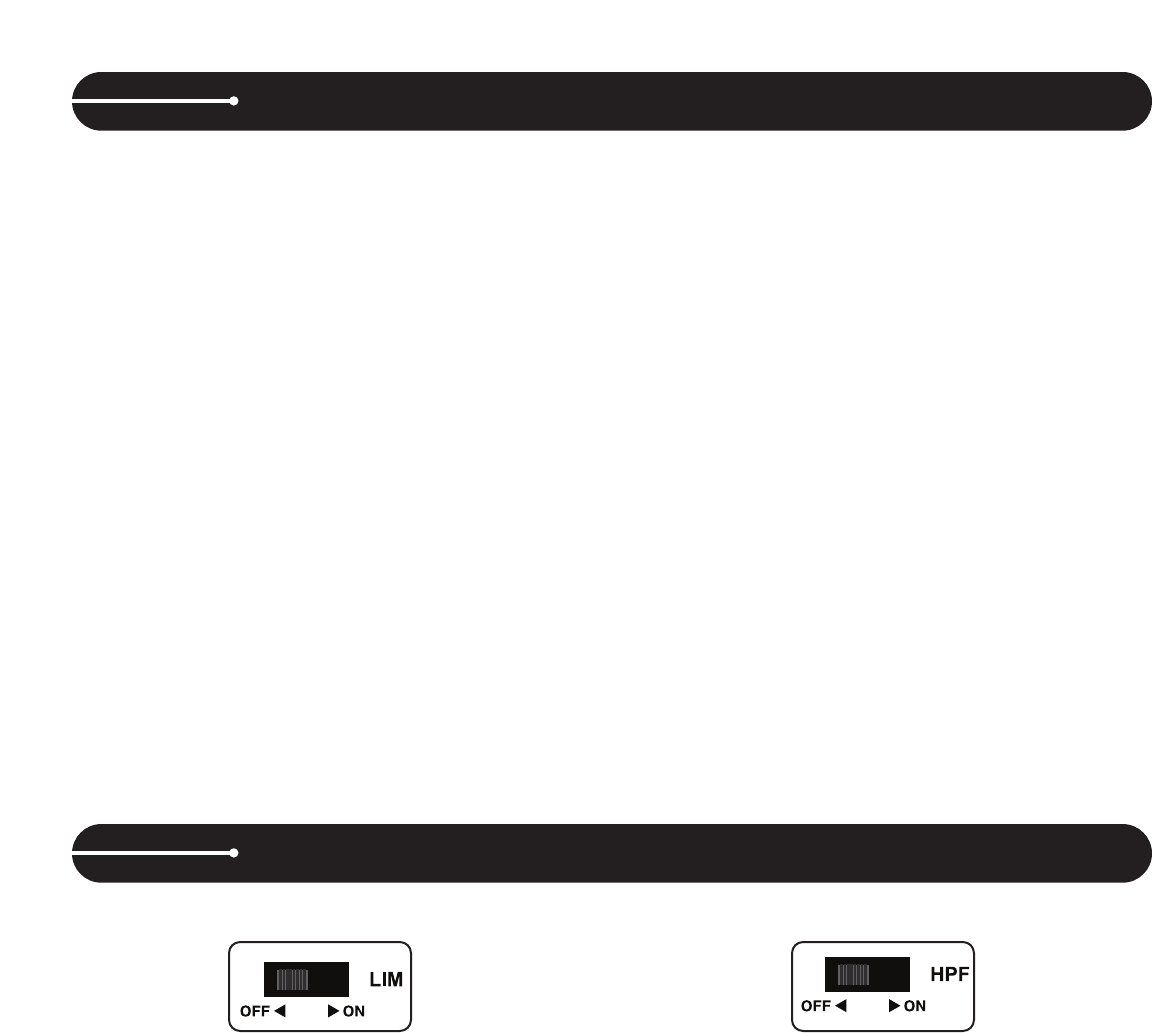
PROTECTION
Every model in the A-Series incorporates protection features. The front panel Protection LED indicates the activity of the relay speaker
connection circuitry in each channel. When the protection LED turns on, this circuitry is active, and all connected speakers are muted.
Initial power-up : For approximately five seconds after initial
power-up, the protection circuitry is activated and the speaker
outputs are muted. If everything is operating normally, you will
h
ear an audible click at the conclusion of this brief period, as the
protection circuitry is deactivated and the unit begins delivering
s
ignal to the connected speakers. It is normal for the Protection
LED to fade gradually after the amplifier is powered off.
Thermal Protection : Abnormally high heat sink temperatures
will engage the protection circuitry for the overheating channel
only. An output relay disconnects the speakers until normal tem-
perature range is restored. The Protect indicator will light to show
the protection circuit is active. To guard against this problem,
make sure the unit receives adequate ventilation on all sides and
that both the front and rear panels are unobstructed. If the power
transformer gets too hot, its thermal switch will disconnect all of
the secondary power and disconnect both channel outputs.
Short circuit : If output is shorted due to faulty wiring, the ther-
mal circuitry will automatically protect the amplifier. If this occurs,
the load will be disconnected by thermal protection circuitry.
DC Voltage Protection : If an amplifier channel detects DC volt-
age at the speaker output, the output relay will immediately open
to prevent speaker damage.
Subsonic Frequency Protection : The built-in High Pass Filter
provides subsonic frequency protection for each channel.
C
urrent limiting Protection
:
At the amplifier’s full power limit, or
clipping point, the limiter circuitry will be activated. This is indicat-
e
d by illumination of the Clip LED. The channel gain is automati-
cally reduced, protecting the speakers from high power.
U
ncontrolled feedback, oscillations, or improper equipment gain
setting may activate this circuitry, which is virtually transparent in
operation as full signal bandwidth is maintained.
There is reason to be concerned any time the Protection LED
lights up (except for initial power-up during approximately five
seconds). If this occurs, turn the amplifier off immediately and
check all wiring and external equipment carefully in order to
locate and correct the condition.
Clipping is the result of an amplifier running into power supply lim-
itation. The maximum output voltage that any amplifier can pro-
duce is limited by its power supply. Attempting to output a voltage
(or current) level that exceeds the power supply limit will result in
a flattening effect on the signal. A clipped waveform exhibits
extreme harmonic distortion, making it sound harsh or dissonant.
The clip limiter detects this and reduces the gain to minimize the
amount of overdrive. To preserve as much of the program dynam-
ics as possible, limiting reduces the average program level until
peaks barely clip. Each channel has its own clip limiter, which can
be switched on or off. When driving full-range speakers, clip lim-
iting reduces high frequency distortion caused by bass overload.
It also protects higher frequency drivers from excess overdrive
and harsh clipping harmonics.
Clip limiter
Also known as a low-cut filter, a High Pass Filter rolls off signals
below 40Hz. The reproduction of the signal’s bass portion is thus
optimized, since ultra-low, distracting frequencies are eliminated,
and more power is available for the reproduction of the wanted
segment of the signal.
You should set up the filters so they best suit the frequency
response of your speakers, since some speakers are particularly
sensitive to over-excursion. The 40Hz filter works well with most
compact full-range speakers.
HPF (Hi-Pass Filter)
SETUP



